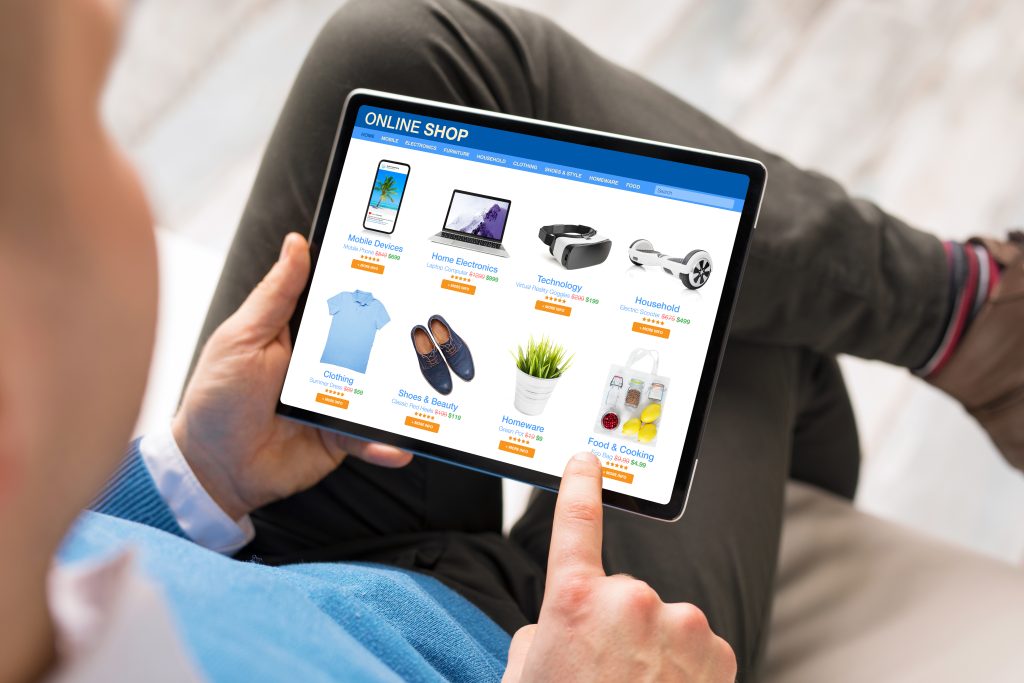Ecommerce pricing software can be a game changer for Shopify store owners looking to optimize their pricing strategies and increase their revenue. However, implementing such software can be a complex process that requires careful planning and execution.
In this blog post, we’ll explore the benefits of ecommerce pricing software for Shopify stores. Furthermore, we will provide tips for choosing the right pricing software, and share best practices for implementing and optimizing your pricing strategies.
The Benefits of Ecommerce Pricing Software for Shopify Stores
Implementing ecommerce pricing software on your Shopify store can have a number of benefits, including:
- Streamlining Your Pricing Processes: Manually adjusting prices can be a time-consuming and error-prone process. Ecommerce software can automate this process, saving you time and reducing the risk of errors.
- Increasing Your Revenue: By optimizing your pricing strategies with data analytics and dynamic pricing algorithms, ecommerce pricing software can help you increase your revenue and profitability.
- Staying Competitive: With the ever-changing ecommerce landscape, staying competitive is crucial. Ecommerce pricing software can help you stay on top of market trends and adjust your pricing strategies accordingly.
Choosing the Right Pricing Software for Your Shopify Store
The first step in implementing ecommerce pricing software on Shopify is to choose the right software for your needs. With so many different options available, each with its own strengths and weaknesses, it can be difficult to know where to start. Here are some tips for choosing the right pricing software for your Shopify store:
- Look for software that is specifically designed for Shopify stores: While there are many options available, not all of them are designed specifically for Shopify stores. Look for software that is built with Shopify in mind to ensure seamless integration and optimal performance.
- Consider your specific needs: Different pricing software options offer different features and capabilities. Consider your specific needs, such as data analytics, competitor analysis, and dynamic pricing algorithms, and choose software that offers the features you need to optimize your pricing strategies and create pricing campaigns.
- Check reviews and ratings: Before committing to a software, do your research. Check reviews and ratings from other Shopify store owners to ensure that the software is reliable, user-friendly, and effective.
Best Practices for Implementing and Optimizing Your Pricing Strategies
Once you’ve chosen your software, it’s essential to take the time to set it up correctly and optimize your pricing strategies. Here are some best practices for implementing and optimizing your pricing strategies with ecommerce pricing software on Shopify:
Take the Time to Set Up Your Software Correctly
Setting up your software correctly is crucial to ensuring that it functions properly and provides accurate data and insights. This includes ensuring that all data is accurate and up-to-date and that the software is integrated seamlessly with your Shopify store. Take advantage of any training or support offered by the software provider to ensure that you’re using the software to its full potential.
Regularly Review and Adjust Your Pricing Strategies
Implementing new software is not a one-time event. To get the most out of your investment, it’s crucial to regularly review and adjust your pricing strategies based on new data and insights provided by the software. This may include adjusting prices in real-time based on changes in supply and demand, monitoring competitor pricing and adjusting your own prices accordingly, or using data analytics to identify trends and patterns in customer behavior.
Test, test, test
To ensure that your pricing strategies are working as intended, it’s important to test them continuously. This means regularly evaluating the performance of your pricing strategies and making adjustments as necessary. A/B testing is a common strategy used to test different pricing strategies. This involves testing two versions of a pricing strategy and comparing their performance to see which one performs better. For example, you might test different pricing models, such as one-time payments vs. subscription models, or different pricing tiers to see which generates the most revenue.
Conclusion
In conclusion, implementing ecommerce pricing software can be a complex process, but by following these best practices, you can ensure that you’re getting the most out of your investment. Whether you’re just getting started with ecommerce pricing software or you’re looking to take your pricing strategy to the next level, these tips can help you optimize your revenue and stay competitive in the ever-changing ecommerce landscape.
Remember to choose the right pricing software for your needs, take the time to set it up correctly, regularly review and adjust your pricing strategies, and test, test, test to ensure that your pricing strategies are working as intended. By implementing these best practices, you can maximize the ROI of your ecommerce pricing software and achieve long-term success for your Shopify store.


